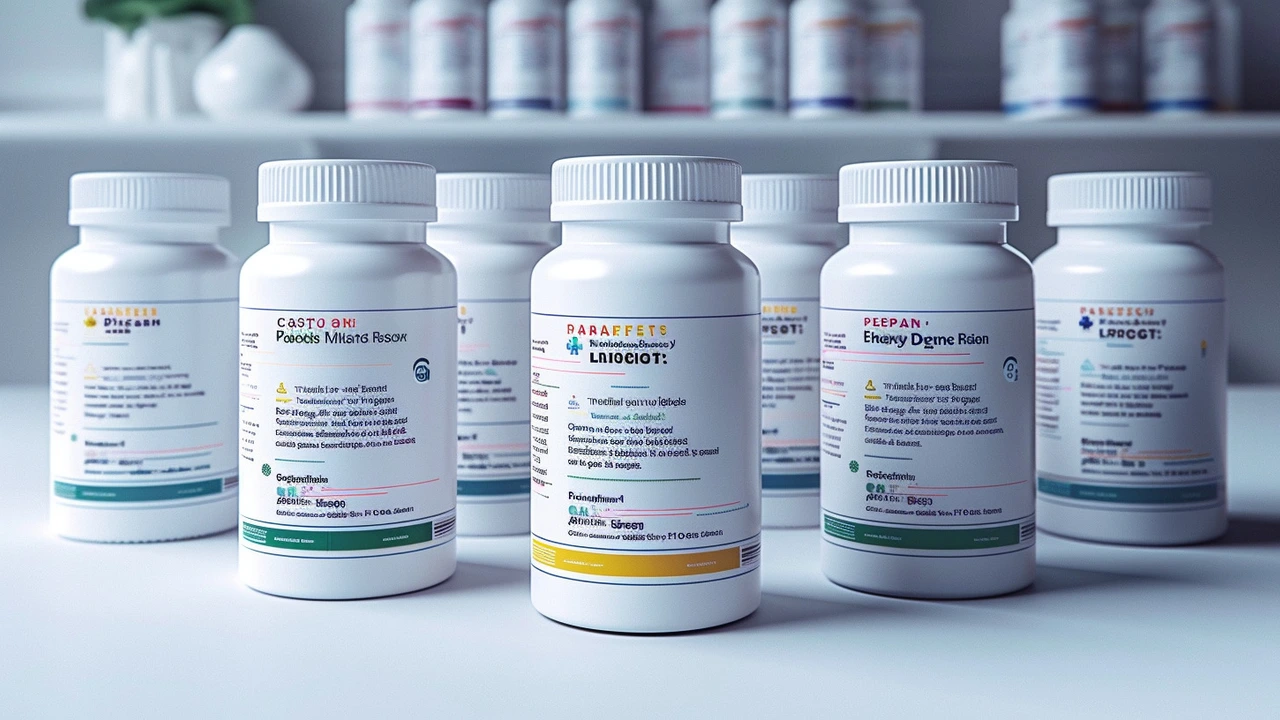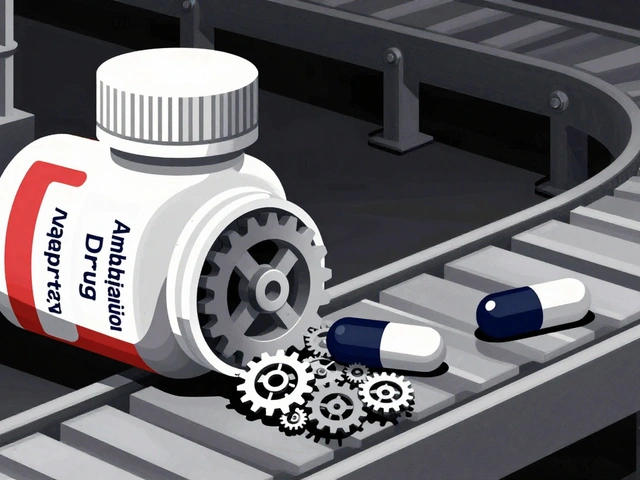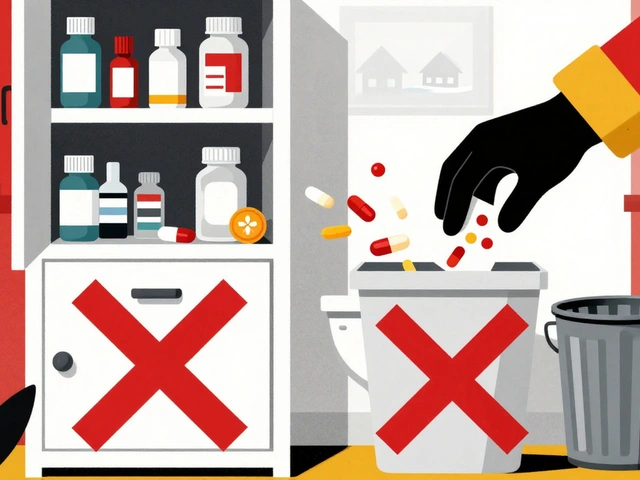
Camber Pharmaceuticals Inc. has recently stepped into the spotlight with its latest contribution to the pharmaceutical market, marking a significant milestone in the treatment of major depressive disorder (MDD). The company proudly announced the release of its generic version of the well-known antidepressant, Wellbutrin SR, under the new brand name Camber SR. This introduction not only broadens the spectrum of treatment options available for individuals battling MDD but also signals a shift towards more accessible and affordable mental health care solutions.
The importance of effective and affordable treatment options for major depressive disorder cannot be overstated. As a condition that affects millions worldwide, MDD is a pervasive issue that can severely impact an individual's quality of life, affecting their ability to work, interact socially, and perform daily activities. The launch of Camber SR is thus a beacon of hope for many, offering a therapeutically equivalent alternative to the brand-name medication, Wellbutrin SR, which has been manufactured by GlaxoSmithKline.
Camber SR, comprising Bupropion Hydrochloride as its active ingredient, comes in an extended-release tablet form. It is specifically designed to manage the symptoms of major depressive disorder, ensuring the slow and steady release of medication throughout the day to maintain optimal levels in the bloodstream. The availability of Camber SR in four distinct strengths - 100 mg, 150 mg, 200 mg, and 300 mg - allows healthcare providers to tailor the treatment regimen according to the specific needs of each patient, enhancing the likelihood of successful management of MDD symptoms.
Understanding that patient convenience and adherence to treatment play crucial roles in the successful management of depression, Camber Pharmaceuticals Inc. has made Camber SR available in various bottle counts for each strength. The 100 mg and 150 mg strengths are offered in 60, 100, and 500 count bottles, providing flexibility in prescription quantities. Similarly, the 200 mg strength can be obtained in either 60 or 100 count bottles, while the 300 mg strength is packaged exclusively in 60 count bottles. This thoughtful approach to packaging aims to meet the diverse needs and preferences of individuals undergoing treatment for MDD.
In the realm of healthcare, ensuring the availability of therapeutically equivalent generic medications is paramount. The equivalence of Camber SR to Wellbutrin SR has been duly noted, affirming that patients can expect the same therapeutic benefits from the generic version as they would from the brand-name drug. Such equivalency not only underscores the reliability of Camber SR as an effective treatment option but also highlights the potential for significant cost savings for patients and healthcare systems alike.
The unveiling of Camber SR is a testament to Camber Pharmaceuticals Inc.'s commitment to advancing mental health care and making effective treatments more accessible to those in need. As the healthcare landscape continues to evolve, initiatives like this play a pivotal role in addressing the challenges associated with managing complex conditions such as major depressive disorder. It is through innovative solutions like Camber SR that we can hope to see a future where high-quality, affordable mental health care is within reach for all.








9 Comments
Well, the advent of yet another generic antidepressant, namely Cam·ber SR, is certainly a noteworthy development; it reflects the relentless pursuit of cost‑effective therapeutics, which, in my humble estimation, should be applauded-though one cannot help but note the ever‑increasing flood of blue‑pill equivalents that saturate the market, each promising salvation with a slightly altered dosage, packaging, or corporate logo.
Dear community, I would like to extend my sincere congratulations on this commendable initiative; the introduction of a generic version of Wellbutrin SR indeed promises broader accessibility, which is most heartening. 😊 Please rest assured that the therapeutic equivalence has been duly verified, and I trust that patients will benefit greatly from this advancement.
It’s encouraging to see more affordable options on the shelf. The 100‑mg and 150‑mg dosages, especially when offered in 500‑count bottles, could really help patients maintain consistency; meanwhile, the extended‑release formulation ensures steadier plasma levels, which is clinically advantageous. I also appreciate the flexibility in packaging, because sometimes a larger supply reduces the burden of frequent pharmacy trips.
From a clinical perspective, the extended‑release profile of bupropion is particularly useful in mitigating peak‑related side effects, and the availability of four distinct strengths allows for precise titration. Moreover, the cost savings associated with a generic product may improve adherence, a crucial factor in the long‑term management of major depressive disorder.
Allow me to articulate, with due gravitas and a touch of theatrical flair, why this development is not merely a commercial footnote but a substantive stride toward democratizing mental health care. First, the pharmacodynamic profile of bupropion remains unchanged; the molecule, after all, is immutable, and generic manufacturing does not dilute its intrinsic efficacy. Second, the extended‑release matrix has been meticulously engineered to sustain plasma concentrations, thereby averting the notorious troughs that precipitate mood volatility. Third, the dosage flexibility-from 100 mg up to 300 mg-empowers clinicians to individualize therapy, a principle enshrined in the very ethos of personalized medicine. Fourth, the economic ramifications are profound; patients previously shackled by the premium price of the brand‑name formulation can now reallocate resources to ancillary supports such as psychotherapy or community programs. Fifth, insurers stand to benefit from reduced drug spend, potentially translating into lower premiums or enhanced coverage options for other services. Sixth, the packaging strategy-offering 60, 100, or even 500‑count bottles-addresses the pragmatic realities of adherence, especially for individuals whose lives are already fragmented by the demands of illness. Seventh, the regulatory rigor applied to generic approval ensures bioequivalence, nullifying any lingering doubts about therapeutic parity. Eighth, this venture underscores a broader industry trend: the recognition that mental health deserves the same accessibility imperative as any other chronic condition. Ninth, the launch may stimulate competitive pricing, prompting rival manufacturers to revisit their own cost structures. Tenth, healthcare providers can now discuss treatment options without the inevitable guilt associated with prescribing an expensive brand product. Eleventh, patients gain a sense of agency, knowing they are not beholden to a single corporate entity for their medication supply. Twelfth, the ripple effect may extend to research funding, as savings in drug procurement free up capital for innovative therapeutic investigations. Thirteenth, the societal stigma attached to depression may be further eroded when treatment becomes visibly affordable and widespread. Fourteenth, pharmacies benefit from streamlined inventory management, as generics typically enjoy greater shelf stability. Fifteenth, and finally, this moment embodies the convergence of scientific integrity, compassionate care, and fiscal responsibility-a triumvirate that should be celebrated across the board.
One might ponder the metaphysical implications of commodifying melancholy; yet the reality remains that generic pills democratize access, and that is a truth not to be dismissed.
Honestly, another generic is just more of the same, not much to add here.
While the market saturation of generic bupropion might appear as a mere echo of the original, the subtle variations in excipient composition and release kinetics can, in certain clinical contexts, meaningfully influence patient outcomes, especially when polypharmacy is a concern and marginal differences become relevant to tolerability and adherence, thereby underscoring the importance of thorough pharmaco‑economic analyses to truly assess the net benefit of such introductions beyond superficial cost savings.
Generic meds are a win.